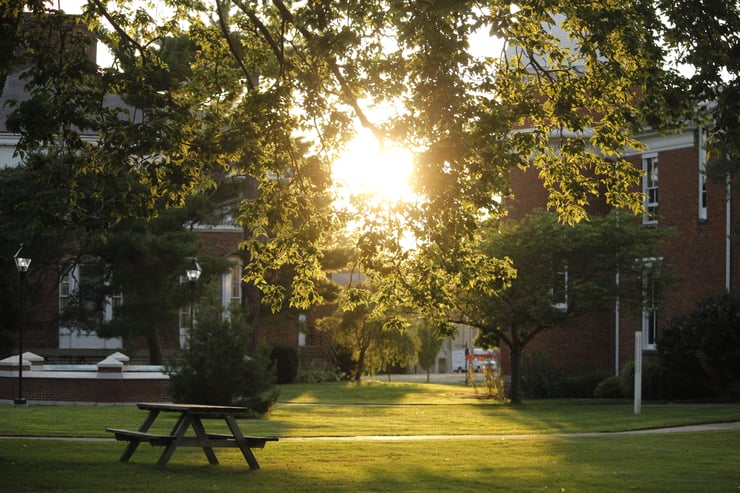It’s clear that the cost of attending college, debt and the ability to find a career on graduation have passed the tipping point. For parents, prospects and politicians, it’s top of mind.
A recently released study by Pew Research Center provides some answers for those who question the value of a college degree. The report, “The Rising Cost of Not Going to College,” shows that recent college graduates have legitimate concerns. When compared to earlier generations, today’s graduates spend more time looking for work. They fare worse in terms of hours worked, full-time employment and overall wealth. And adjusting for inflation, median annual earnings of young adults ages 25-32 with a bachelor’s degree or higher have risen only slightly since the mid-80s.
Despite this, the report paints a picture undoubtedly bleaker for those without a college degree. The earnings gap between 25-32 year olds with only a high school diploma and those with a college degree widened from $7,449 in 1965 to $14,245 for late Boomers in 1986 and to $17,500 for Millenials in 2013. Notably, when adjusting for inflation, the median income for high school-only young adults has dropped from $31,384 in 1965 to $28,000 today; 22% are living in poverty, compared to 6% of their college-educated counterparts. With the cost of not going to college higher than ever, a college degree clearly has value.
The challenge for colleges and universities focuses on how to communicate that value to students and parents and and how to respond to their concerns about employability and return on investment. The University of Texas System has met the challenge head-on with its new seekUT website (search + employment + earnings = knowledge)—an interactive website that allows students and parents to search by campus and major to find what recent graduates are earning at one and five years after graduation, as well as their average student loan debt.
But providing data and communicating about the issue are just part of the challenge. Colleges and universities are reconsidering investments in areas that address outcome challenges. USA Today reported last week on the renewed attention to career guidance and services on many campuses, including major investments at the University of Vermont and St. Olaf College. UVM spent $276,880 to renovate its career hub and increased its career services budget by 27% this year, to more than $1.2 million. At St. Olaf, the career services budget of $67,000 two years ago has increased to $379,550 today.
How is your institution meeting these challenges?











